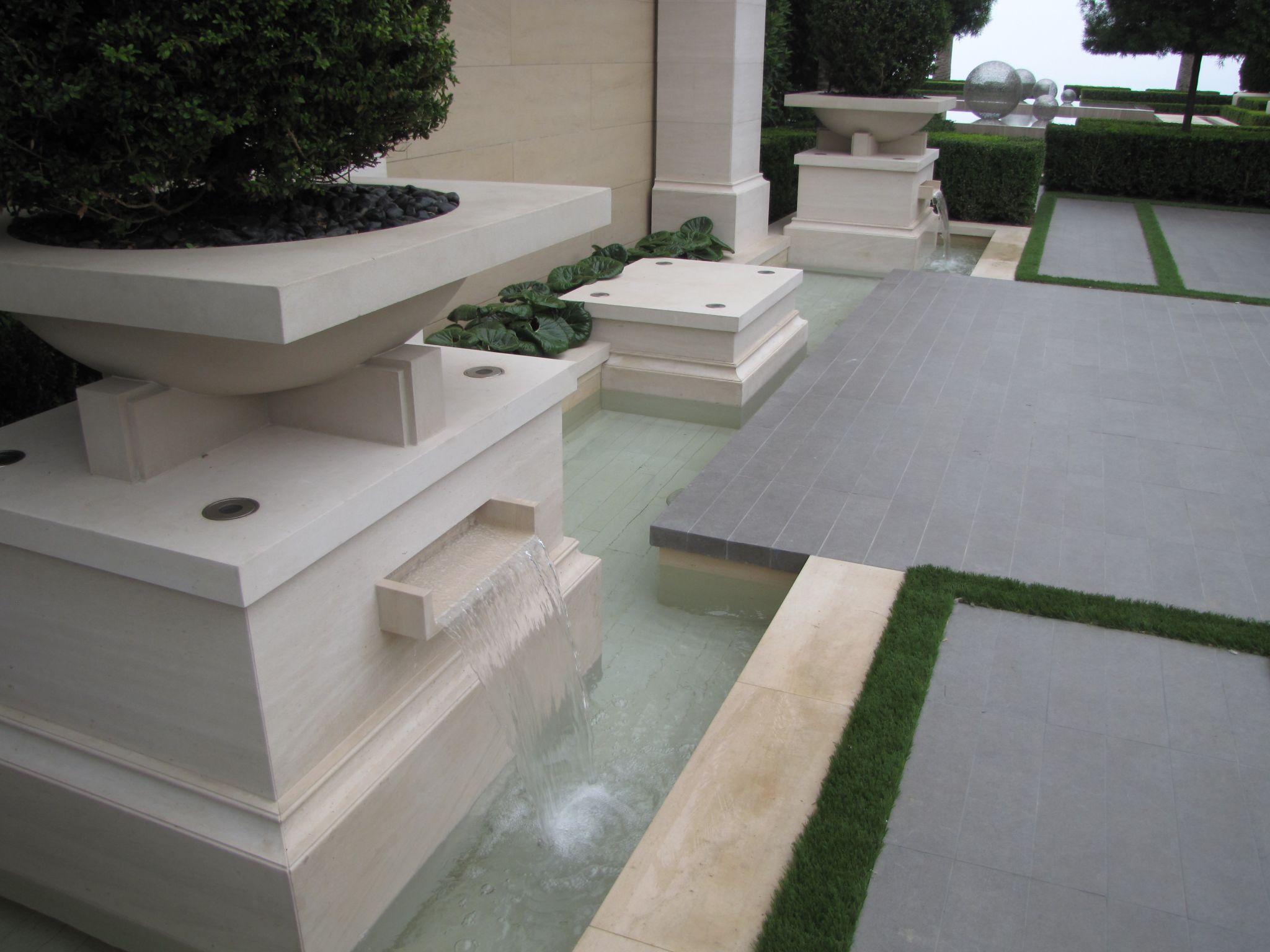Tcna Handbook For Ceramic Tile Installation Detail Ej171


Photo courtesy Florida Tile by Donato Pompo, CTC, CSI, CDT, MBA In one way or another, all tile and stone assemblies move. Whether due to thermal or moisture movement, shrinkage, freezing, or dynamic structural movements, tile and stone installations are subjected to them all. To ensure a long-lasting installation, architects must specify the requirements for movement joint design and placement, along with the correct type of sealant for filling those joints. A ‘movement joint’ is a general term used for all types of joints seen in construction materials that control and allow movement. Most commonly, they are known as ‘expansion’ or ‘control’ joints, but there are various categories. Generally, they contain an appropriate pliable sealant for the intended application, which is often referred to as a ‘soft’ joint. Movement joints allow for the material in which they are placed to move without restraint; they control where the movement manifests to avoid random cracking in finish materials.
Dedicated to expanding the market for ceramic tile. And contraction in every tile installation. In Detail EJ171 in the TCNA Handbook. Why are expansion joints needed in tile and stone applications? (TCNA) Handbook for Ceramic. And Stone Tile Installation detail EJ-171 for this vital.
An example would be the joints or separations in a concrete sidewalk. Cbr Driver License. If there were no movement joints in the concrete sidewalk, then it would crack at a random point as it is subjected to shrinkage during curing, or to expansion when it is exposed to moisture (and then contraction again as it dries). Rising temperatures cause expansion, lowering temperatures cause contraction, and wet freezing conditions cause both, as the temperature drops and the moisture freezes.
TCNA Handbook for Ceramic Tile Installation. Assembly weights are also included in each floor detail to help the specifier determine the proper. CHANGES TO THE 2017 TCNA HANDBOOK. Thermal expansion of the ceramic or natural stone tile. Width for any ceramic and natural stone tile installation.
There are other types of structural movement from the ground or its foundation that can cause various kinds of movement in the form of deflection. These stresses, and the resulting deformations, are compounded by adjacent materials that have a different coefficient of movement properties—the differentials can lead to serious problems, particularly over time as the respective materials go through various degrees and combinations of cycles from wet to dry or hot to cold, and so forth. Movement joints are also designed to isolate different materials from each other so they do not affect adjacent materials. More often than not, when there is a tile ( e.g.
Ceramic, porcelain, stone, or glass) failure, a contributing factor is the lack of properly installed movement joints. In some cases, the failure could have been avoided, or damage limited, if there had been proper movement joints. Just like concrete sidewalks, slabs, and bridges, tile and stone need to have movement joints to control the anticipated movements within a structure and the various climatic conditions it will be subjected to throughout the years. Small horizontal movements can result in exponentially larger vertical movements. When one end of a ruler is restrained and the other end moved toward the center 3.2 mm (1/8 in.), there is a 51-mm (2-in.) rise at its apex.
Photos courtesy Ceramic Tile and Stone Consultants Troubles with tile and stone This author has seen tile floors that did not have adequate movement joints—where a portion of the floor was tented ( i.e. Debonded and raised) several inches off its substrate during the heat of the day, but was lying flat at night when it cooled down. For a good example of how small horizontal movements can result in exponentially larger vertical movements, one can take a 1219-mm (48-in.) metal ruler and lay it on a horizontal surface. When one end of the ruler is restrained and the other end moved toward the center 3.2 mm (1/8 in.), there is a 51-mm (2-in.) rise at its apex.